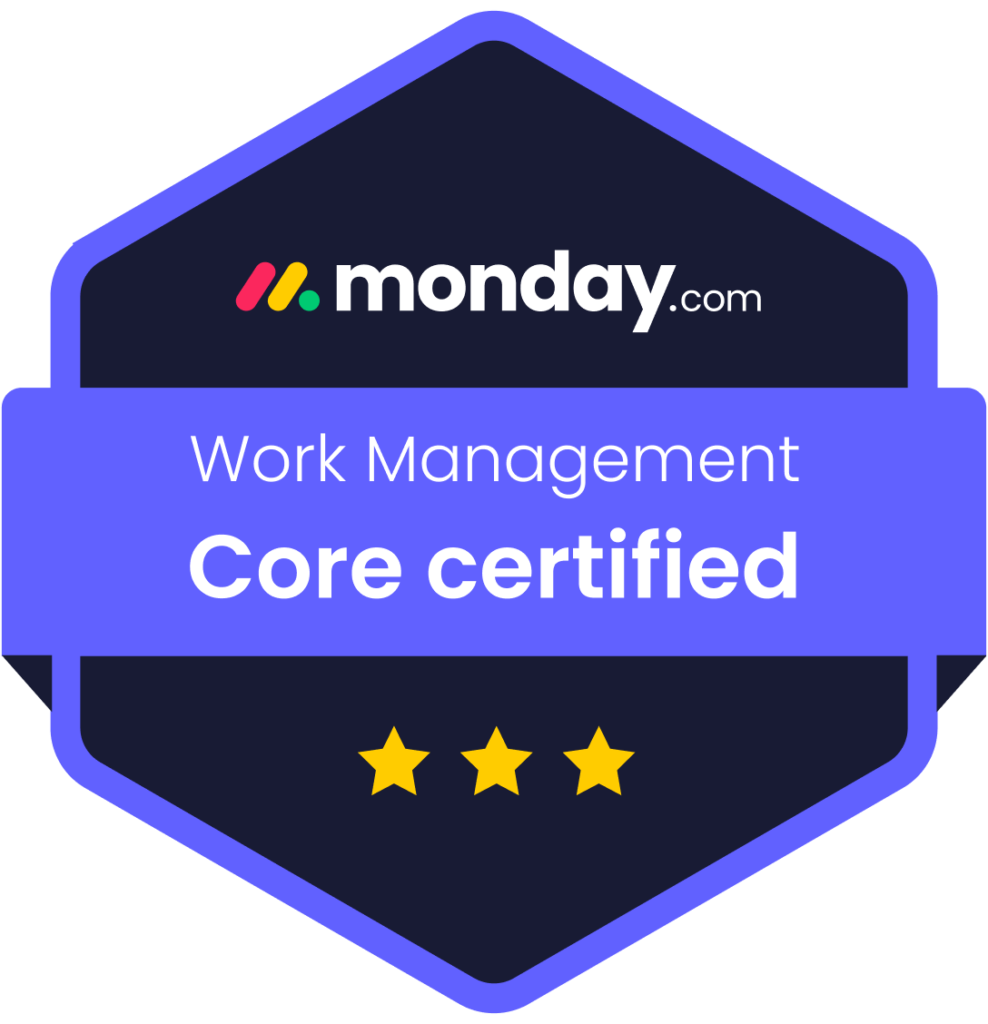In today’s competitive marketplace, it’s no longer enough to rely on word of mouth and traditional advertising to grow your trade business. Whether you’re an electrician, plumber, roofer, or contractor, your potential clients are increasingly turning to search engines to find local services. Search Engine Optimization (SEO) can help you attract more clients by improving your online visibility, bringing organic traffic, and driving leads. This guide outlines the essential SEO strategies to get more clients for your trade business.
1. Optimize for Local SEO to Dominate Local Searches
Most clients looking for trade services want someone nearby and available quickly. Local SEO helps your business appear at the top of search results for location-based searches like “electrician near me” or “best plumber in .”
Local SEO Tips for Trade Businesses:
- Google Business Profile Optimization: Claim and fully optimize your Google Business Profile (formerly Google My Business). Ensure your contact details, hours, and service areas are accurate.
- Add Location-Based Keywords: Use keywords like “emergency plumber in New York” or “roof repair in Boston” throughout your website.
- Collect and Display Reviews: Encourage satisfied customers to leave positive reviews on Google and other platforms to boost trust and SEO rankings.
- Create Local Landing Pages: If you serve multiple areas, create dedicated pages for each city or neighborhood with localized content.
Why It Matters:
Local SEO ensures your business appears on Google’s Local Pack, increasing visibility to nearby clients who are actively searching for trade services.
2. Use On-Page SEO to Improve Website Visibility
On-page SEO focuses on optimizing elements on your website to rank higher in search results. Search engines prefer sites that are well-structured, fast, and user-friendly.
Key On-Page SEO Strategies:
- Optimize Title Tags and Meta Descriptions: Include relevant keywords and make sure they are concise, engaging, and optimized for search intent.
- Use Header Tags (H1, H2, H3): Organize content logically to help search engines and users understand the page’s structure.
- Create High-Quality Content: Write service pages, blog posts, and FAQs that address common customer needs and search queries.
- Optimize Images: Compress images for fast loading and add alt text with relevant keywords to make them searchable.
- Internal Linking: Link your service pages, blog posts, and contact pages together to improve user experience and SEO.
Why It Matters:
Optimized pages increase your website’s visibility, helping you rank higher and attract more organic traffic from potential customers.
3. Leverage Content Marketing to Build Authority
Content marketing involves creating informative, valuable content that answers questions potential clients may have. In the trade industry, blog posts, how-to guides, and case studies can position your business as an authority.
Content Ideas for Trade Businesses:
- How-To Articles: Write posts like “How to Fix a Leaky Pipe” or “5 Signs You Need Electrical Repairs.”
- Case Studies: Showcase past projects with photos and testimonials from satisfied customers.
- Seasonal Tips: Create content around seasonal issues, such as “How to Winterize Your Plumbing” or “Roof Maintenance Tips for Spring.”
- FAQs: Address common questions, such as service costs or timelines, to reduce friction and build trust with prospective clients.
Why It Matters:
Helpful content brings visitors to your website and increases their likelihood of contacting you when they need a professional. Additionally, high-quality content improves your SEO rankings by keeping users on your site longer.
4. Optimize Your Website for Mobile Users
Many potential customers search for services from their mobile devices. If your website isn’t mobile-friendly, visitors may leave, resulting in lost leads. Google also prioritizes mobile-optimized websites in search rankings.
Mobile Optimization Tips:
- Responsive Design: Use a website layout that adjusts to fit different screen sizes automatically.
- Fast Load Times: Compress images and limit heavy scripts to improve speed on mobile devices.
- Simplify Navigation: Use clear menus and easy-to-tap buttons to ensure a smooth browsing experience on smartphones.
- Mobile-Friendly Forms: Make sure your contact forms are easy to fill out on small screens.
Why It Matters:
A mobile-friendly website reduces bounce rates, increases time on site, and improves your SEO rankings, ultimately bringing in more leads.
5. Build Backlinks to Boost Domain Authority
Backlinks (links from other websites to yours) are one of the most important ranking factors for SEO. They signal to search engines that your site is trustworthy and authoritative. The more high-quality backlinks your site has, the higher it will rank in search results.
How to Get Backlinks:
- Submit Your Business to Directories: List your business on local directories and trade-specific sites.
- Collaborate with Partners: Get backlinks from suppliers, contractors, or other trade businesses you collaborate with.
- Write Guest Posts: Contribute articles to industry blogs and include a link back to your website.
- Get Featured in Local News: Offer expert opinions or sponsor local events to earn mentions and backlinks from local media outlets.
Why It Matters:
Backlinks improve your site’s credibility and search engine rankings, helping you get more organic traffic and leads.
6. Use Technical SEO to Improve Site Performance
Technical SEO focuses on improving the backend elements of your website to ensure search engines can crawl and index it effectively.
Technical SEO Best Practices:
- Fix Broken Links: Ensure there are no 404 errors or dead links on your website.
- Use HTTPS: A secure website is essential for SEO and builds trust with visitors.
- Submit a Sitemap: Make it easier for search engines to crawl your site by submitting a sitemap.
- Optimize for Voice Search: Many users now search for services using voice assistants. Include natural language and long-tail keywords that reflect how people speak.
Why It Matters:
A well-maintained website ensures search engines can access and rank your content properly, improving visibility and helping you attract more clients.
7. Track SEO Performance and Adjust Your Strategy
SEO is not a one-time effort—it requires ongoing monitoring and adjustments to stay ahead of competitors. Use analytics tools to track performance and understand what’s working.
Metrics to Track:
- Organic Traffic: Monitor the number of visitors coming from search engines.
- Keyword Rankings: Track how well you rank for relevant search terms.
- Conversion Rate: Measure how many visitors turn into leads or customers.
- Bounce Rate: Keep an eye on pages with high bounce rates and make improvements where necessary.
Why It Matters:
Regular tracking allows you to refine your SEO strategy, fix weak areas, and capitalize on what works to attract more clients.
Conclusion
SEO is one of the most effective ways to attract more clients to your trade business. By optimizing for local searches, creating valuable content, and building backlinks, you can improve your online visibility and drive organic traffic to your site. A mobile-friendly, well-maintained website will further enhance your chances of converting visitors into paying customers.
Don’t let your competitors steal the spotlight—take charge of your online presence with a solid SEO strategy. If you need expert help in implementing these tactics, Skyfield Digital offers customized SEO solutions tailored to trade businesses. Contact us today to learn how we can help your business grow!













